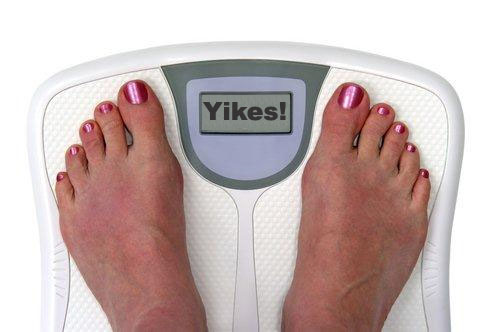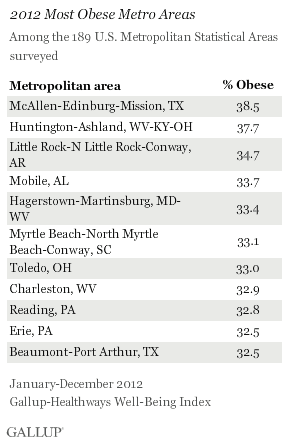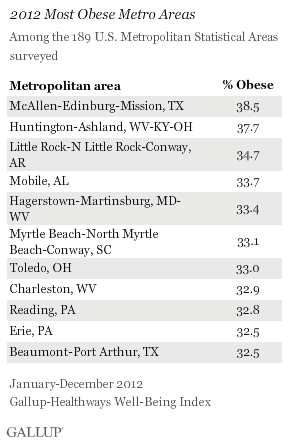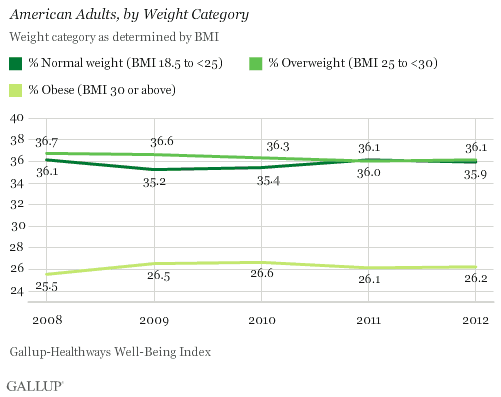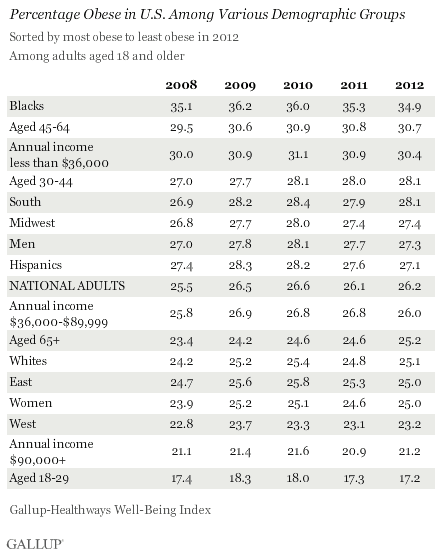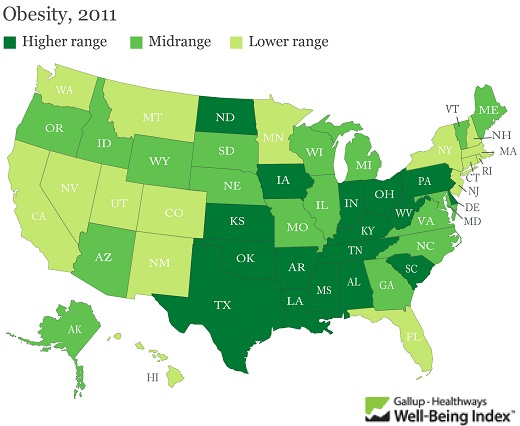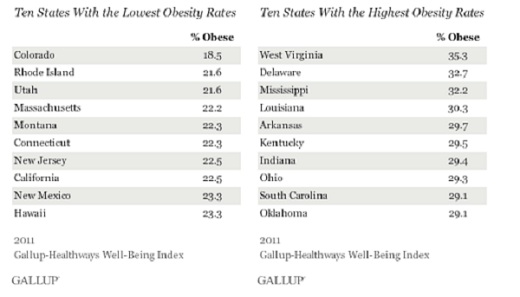Smiles and Health Headlines: May 2, 2016
Posted onMy links for May 2, 2016:
Controversial foot doctor Pierre Dupont accused of using ‘knock-off’ implants
A controversial foot doctor is now facing accusations about the use of questionable implants on patients without their knowledge.
Go Public and Radio-Canada recently reported how, after being banned from dentistry in Quebec following serious problems with patients
, Pierre Dupont reinvented himself as a foot specialist in Ontario. One of his Ottawa patients contacted us after having trouble healing from foot surgery done by Dupont.
Pancreatic cancer risk tied to specific mouth bacteria
The presence of certain bacteria in the mouth may reveal increased risk for pancreatic cancer and enable earlier , more precise treatment, report investigators. Pancreatic cancer patients are known to be susceptible to gum disease, cavities, and poor oral health in general, say the study authors. That vulnerability led the research team to search for direct links between the makeup of bacteria driving oral disease and subsequent development of pancreatic cancer, a disease that often escapes early diagnosis and causes 40
,000 US deaths annually.
A spoonful of sugar? Swapping sugary drinks for water and dairy seems the best medicine
New research may have an impact on the sugar tax debate. The research team observed overall changes in dietary patterns in overweight children
, including a decrease in consumption of sugary drinks
, when additional water or milk is added to their diet.
Have a great day!


